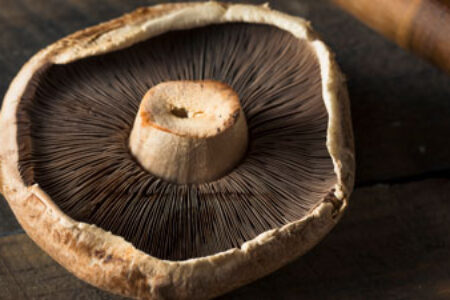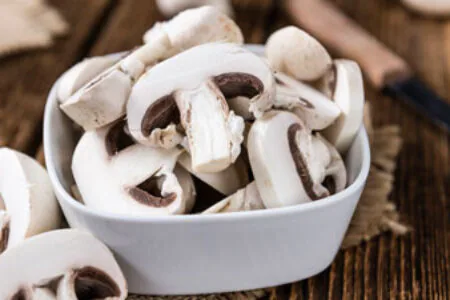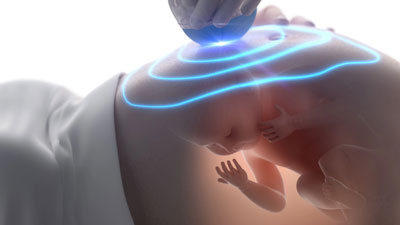
Selenium is a key nutrient for our thyroid function, our DNA, our brain, our heart, and for our male and female reproductive function. It is also an important antioxidant that protects us against free radicals an infections, and has been linked to the prevention of various types of cancers. Selenium may also help prevent heart disease and cognitive decline. Plus, it might help in the treatment of Alzheimer’s disease, multiple sclerosis, and stroke.
The Office of Dietary Supplements indicates that deficiency is rare, and that the average selenium intake in people over two years old is almost twice as much as the Daily Value. Still, selenium intake highly depends on where our food comes from. Some soil is highly depleted of selenium, so plants grown in it are not good sources. Animals that are fed these plants are consequently not good sources either, so eating animal-based foods does not guarantee a higher selenium intake than eating plants.
Common health issues like poor sperm quality, ovulation irregularities, or Hashimoto’s disease (an autoimmune disease that leads to hypothyroidism) are linked to selenium deficiency. It’s a good idea to ask your doctor to check your selenium levels if you suffer from any of these conditions.
Toxicity could also be a problem that in extreme cases may lead to heart or kidney failure, so watch out for high selenium content in supplements and be very careful with Brazil nuts since just one nut gives us almost two times our Daily Value!
Scroll down to try our personalized selenium nutrition calculator; to identify some whole-food, plant-based top selenium sources, and to learn more interesting facts about this essential mineral.
Top Whole-Food, Plant-Based Sources
Hover over each food below to see how much selenium you can get with one serving. Click on each food’s picture to visit its interactive page with a personalized calculator of all the nutrition you can get from one serving, more information about how it supports our body, tips to choose and prepare it, interesting facts, and more!

Portabella Mushrooms
1 cup cooked = 48% DV

Oats
1 cup dry = 42 %

Brazil Nuts
1 nut = 174 %

Shiitake Mushrooms
1 cup cooked = 65 %

Sunflower Seeds
1/4 c dried kernels = 34 %

White Mushrooms
1 c cooked = 33 %

Soybeans
Mature 1 c cooked = 23 %

Asparagus
1 c cooked = 20 %
Selenium Personalized Calculator
See how much selenium you and your family members need, according to the Dietary Guidelines for Americans, 2020-2025.
Terminology:
- Daily Value (DV): The recommended amount of nutrients to consume each day for individuals who are 4 years old or older.
- Recommended Daily Allowance (RDA): The recommended amount of nutrients to consume each day according to the individual’s age, gender, and whether a woman is pregnant or breastfeeding.
- Upper Intake Level (UL): The highest amount of nutrient intake that will not pose adverse health effects on most individuals.
Important Things to Know
Comparison of Selenium Sources
You may be wondering about other potential sources of selenium, such as supplements and animal-based products. Below we make a quick and simple comparison between the three options.






